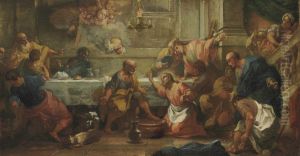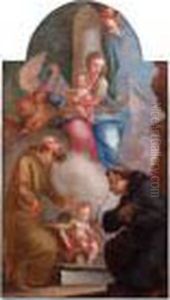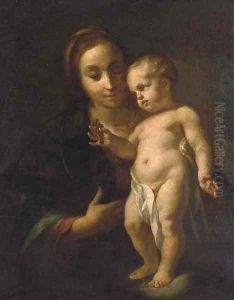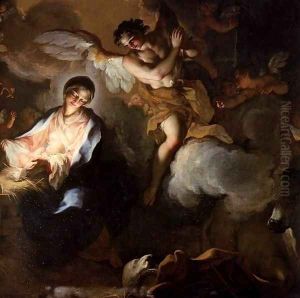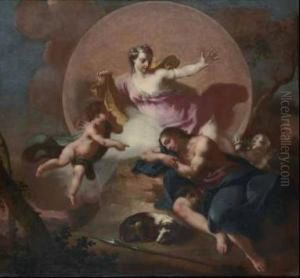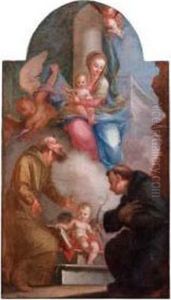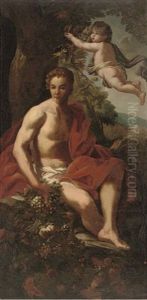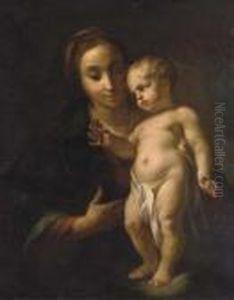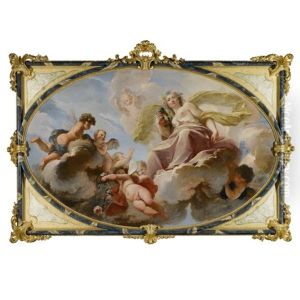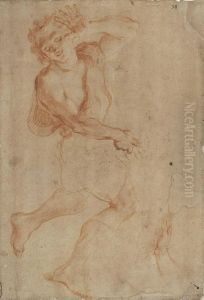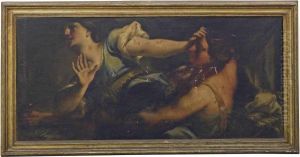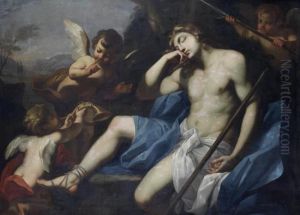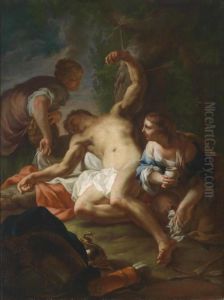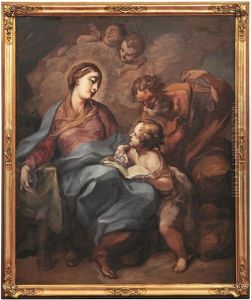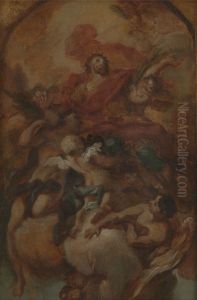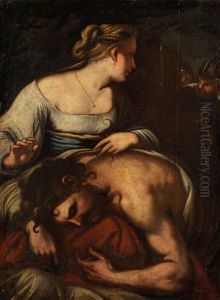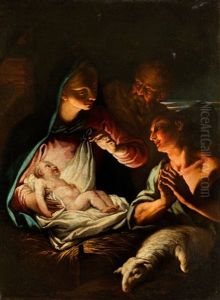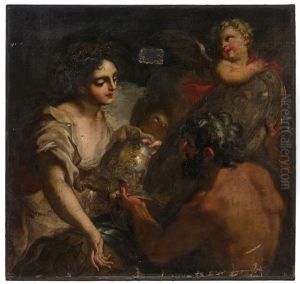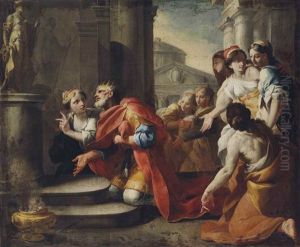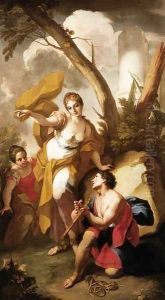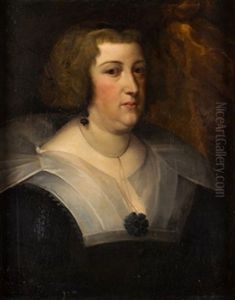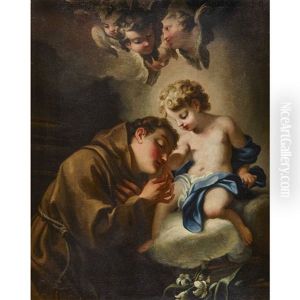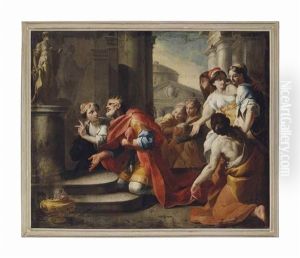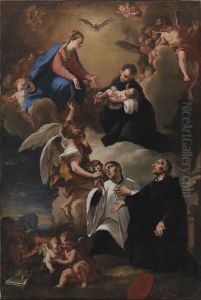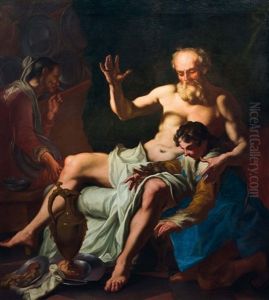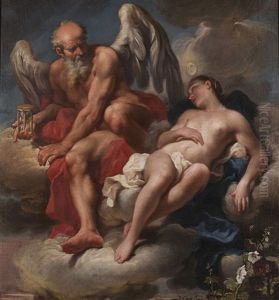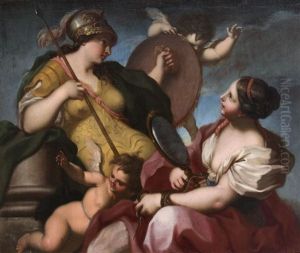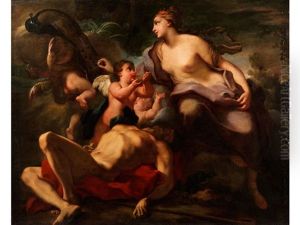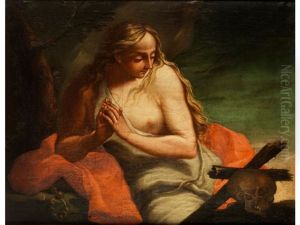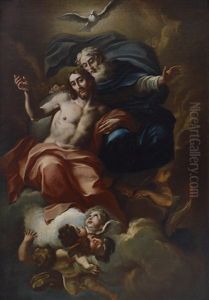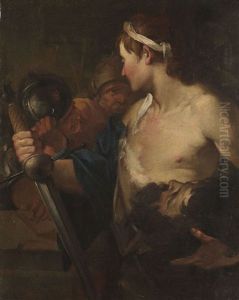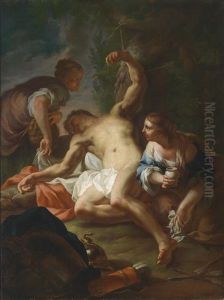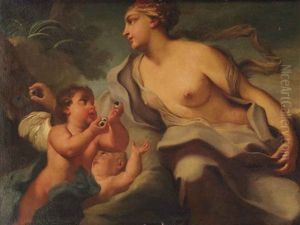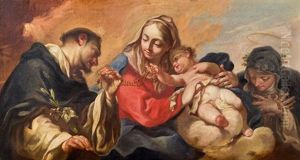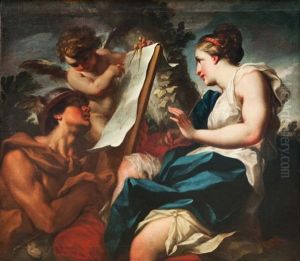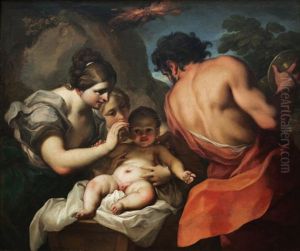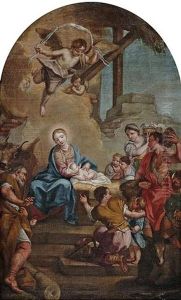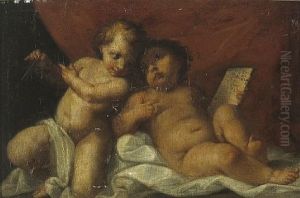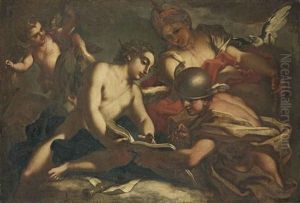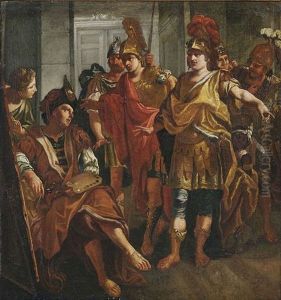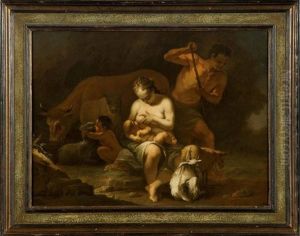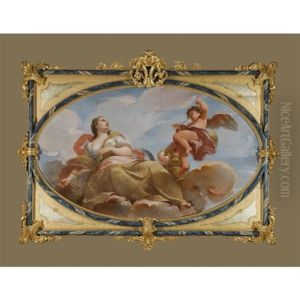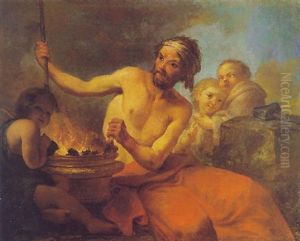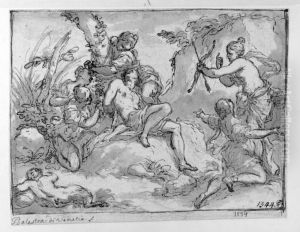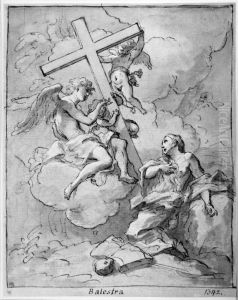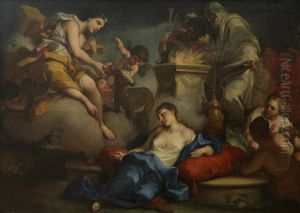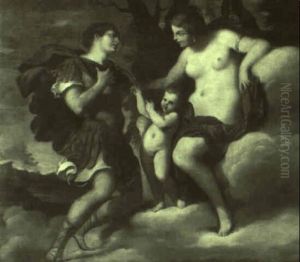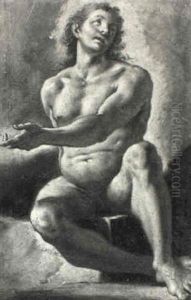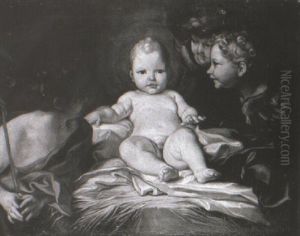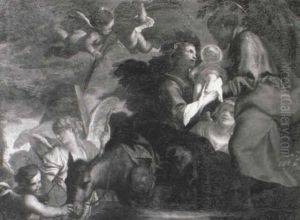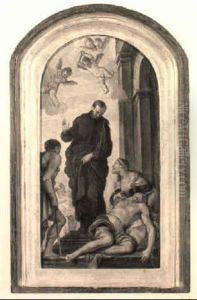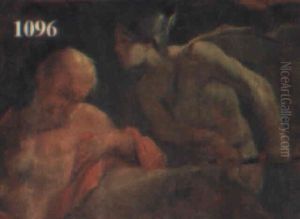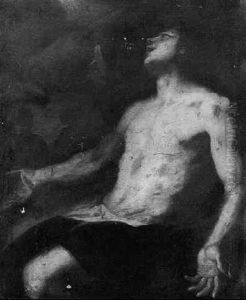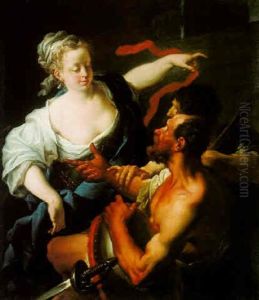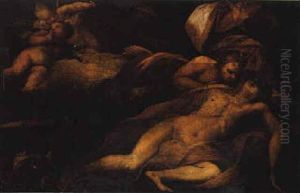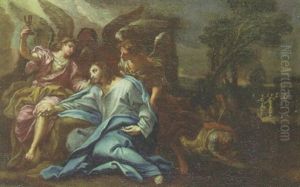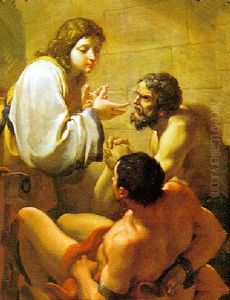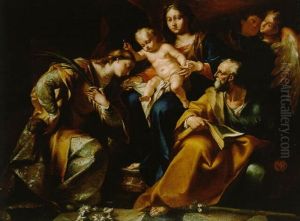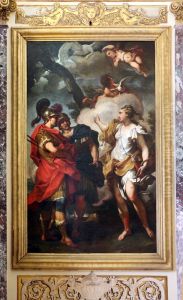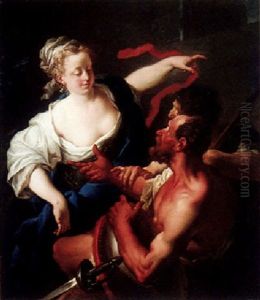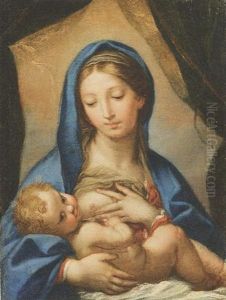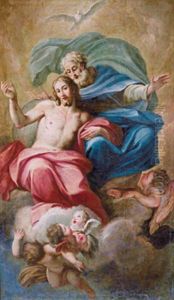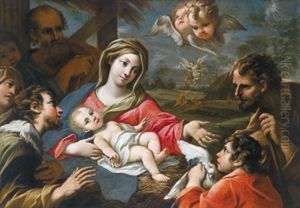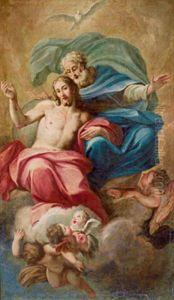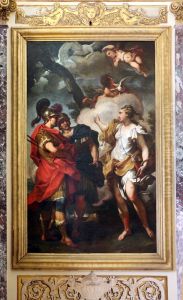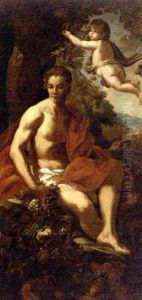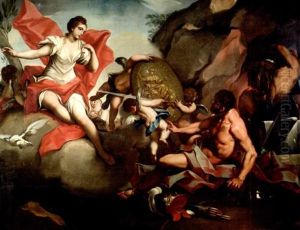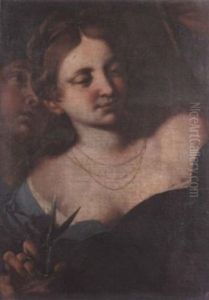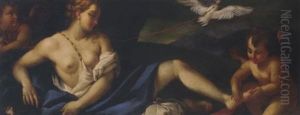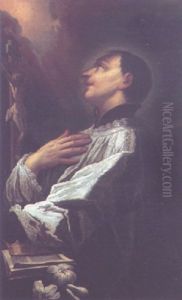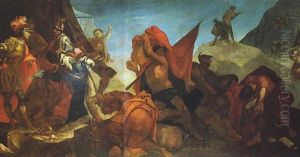Antonio Balestra Paintings
Antonio Balestra was an Italian painter of the Rococo period, born on August 12, 1666, in Verona, Italy. He began his artistic education in his hometown, but soon moved to Venice to study under the prominent painter Antonio Bellucci. Balestra's early work was heavily influenced by the dramatic style of Bellucci, and by the Venetian masters of the time.
After spending some time in Venice, Balestra traveled to Rome in 1694, which proved to be a pivotal point in his artistic development. There, he was exposed to the works of the Baroque masters, which had a lasting impact on his style. He studied the ancient Roman sculptures and the frescoes by Raphael, assimilating the High Renaissance grandeur into his painting. During his stay in Rome, Balestra also came under the influence of Carlo Maratta, who was a leading painter of the time.
Upon returning to Venice, Balestra's style evolved, reflecting the blend of Venetian colorism and the Roman academic style he had absorbed. He became known for his religious and mythological scenes, which were characterized by their elegance, clarity of composition, and refined use of color. Balestra's work began to gain appreciation, and he received commissions from various churches and patrons across Italy.
In the early 18th century, Balestra was invited to Vienna by the Emperor of Austria, where he worked on several significant projects. However, he eventually returned to Venice, where he became a professor at the prestigious Venetian Academy of Fine Arts. He played a crucial role in the artistic community of Venice and was instrumental in the training of the next generation of painters, including artists such as Giovanni Battista Tiepolo, who would go on to become one of the most famous painters of the 18th century.
Antonio Balestra continued to paint and teach until his death on April 21, 1740, in Venice. His legacy is preserved in the numerous works he left behind, which can be found in churches, galleries, and collections throughout Italy and Europe. Balestra's contribution to the Rococo movement and his role in bridging the Baroque and Rococo styles mark him as an important figure in the history of Italian art.
